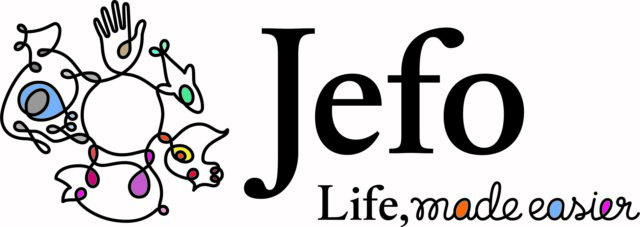This month’s VAS DC305 tip is on transition. How well animals transition will greatly affect how they will do in their next lactation. Poor transition will not only affect the production of the animal for the next lactation, but will also affect reproduction, somatic cell count and lifetime in the herd. All are very important and lead to lost income.
DC305 has many tools to assist in monitoring and analysis, to figure out why transitions are poor or could be improved. But if the data is not entered into DC305, you will not be able to look at this valuable information. So the first tip on transition is to keep complete records of health events, even if things are going great. This allows you to catch problems early, before they are obvious and costly.
Looking at the incidence of health events will give you a good idea of what is happening on the dairy. You will be able to see when incidence levels were high and when there is a significant change. You will see in the example graph (Figure 1) the incidence of health events increases in April 2016. Prior to that, there were very few. Prior to April 2016, is it possible that the dairy was not recording events and then started? You can see that the incidence has decreased over time. You can also see the numbers associated with the graph by clicking on the report tab. This graph can be found in GUIDE or by using the command:
EGRAPH EC=1 MF RP METR MAST KETOSIS DA PNEU EC=14 EC=15 FOR LACT>0 DIM<31 FDAT>=13MON FDAT<01MON\D430 \FN1ZCZ
Another type of graph is shown in Figure 2. This graph shows bars and lines. The box is the 68 percent CI (confidence interval), and the top and bottom of the line is the 95 percent CI for the events. To read this graph, you look for lines or bars overlapping from month to month. If they overlap, there is not a significant difference, or change. If they do not overlap, there is a significant change and you need to investigate as to why.
Animals leaving in the first 60 DIM (days in milk) is another area to watch for potential transition issues. If animals are leaving in the first 60 DIM, it is because of transition issues and is costly for the dairy. This is when the animals should have the most production. See Figure 3 for a chart on animals leaving the herd by DIM. You will see that the majority of the animals leaving this herd are leaving in the first 60 DIM.
EVENTS SOLD DIED FOR LACT>0\6S365
Click on the images above to view them in more detail.
When looking at production of fresh animals, the four- and six-week milk is a good indicator of whether animals are transitioning well. If you do not already have the four- and six-week milk items, you may need to create them. They will be an item type 122. You can then use the commands below and set a level you expect your first and second and greater animals to obtain by four and six weeks. The command will show you the percentage, by month, of animals that did not reach that goal (Figure 4).
PCT WMLK4<50 FOR FDAT>-366 LACT=1 WMLK4>0 BY MOFSH\BL
PCT WMLK4<70 FOR FDAT>-366 LACT>1 WMLK4>0 BY MOFSH\BL
In August we will be covering other areas to look at for transition, fat and protein ratios, dry period length and somatic cell count change over the dry period.
So where do you start looking if you see a potential transition issue? A few things that can be the cause of poor transition are:
- Overcrowding in pre-fresh and fresh pen
- Not enough bunk space for animals to eat, especially if heifers and cows are in the same pen
- Dry period length, which will be covered in August
- Body condition of the pre-fresh and post-fresh animals
- Nutrition
- Cleanliness of pre-fresh and post-fresh pens
The transition period is an extremely important time for animals. There is a lot of change and stress. This period, from three weeks prior to calving to three weeks after calving, decides the health, future productivity and reproductive performance of the animal for the next lactation. Watch for more information on transition in August 2017.
– Article submitted by VAS








